Showing 991–1000 of 1165 results
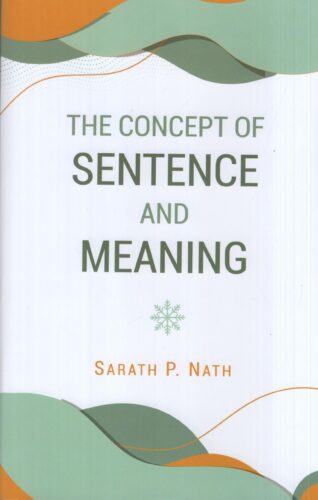
The book systematically presents the philosophical dimensions of grammatical units. The author has attempted to present the philosophy of language in a Bhart¦harian perspective. To substantiate his views, syntactic and semantic thoughts in India are elaborately discussed.
Definition and sense of the “meaning” were a great concern for the Indian thinkers. In order to finalize this, they have examined all the components of a communicative unit such as syllables, words, sentences and intentions of the speakers. After this examination, different philosophers, specifically, Mimamsakas, Naiyayikas and Shabdikas have arrived at the conclusion that sentence is an essential component to convey the sense of meaning to the listener. The theory of akhandavakya is based on the indivisible sphota theory and the sentence-meaning is experienced by the concept of pratibha. The division of sentence as per the priority of words occurred on the basis of mutual expectancy by which the intended meaning may be assumed by the listener.
The Vakyapadiya of Bhartrihari (sixth century) is a text which elaborately explains the notions on sentence. The book systematically presents the philosophical dimensions of grammatical units. The author has attempted to present the philosophy of language in a Bhartriharian perspective. To substantiate his views, syntactic and semantic thoughts in India are elaborately discussed.
Though the significance of the work can only be understood by those scholars who are well versed in Helaraja and Punyaraja, it will, undoubtedly, remain an asset to the field of grammatical deliberations.
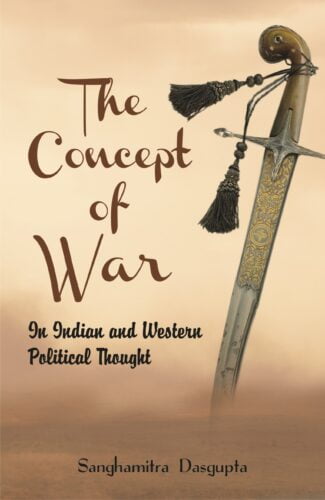
The book explains the nature of war, its socio-economic and political aspects from the Vedic and Western perspectives, and how the moral and social ethical concepts are related pragmatically to the issue of war. The author echoes serious concerns about the ways by which the present-day global majors approach war.
War makes life miserable for both the parties involved, the invader and the invaded. No war is fought without losing men and material, stripping off societal life and political order. Simultaneously it contributes to the progress of the society and preserves the liberty and honour of a state. From the Vedic period of India and the epic period of Greece, we have records of wars, and deliberations on the logic, philosophy, politics, ethics, strategies (pre- and post-war) of war, and the ways of reconstructing the war-ravaged societies, paving the way for drastic social and economic changes.
This volume scans the Indian and Western views and approaches on war in the ancient and modern times. To understand the concept of war in ancient period, it analyses Rigveda, Manusmriti, Ramayana, Mahabharata and Arthasastra from the Indian parlance and the philosophies of Plato and Aristotle from the Western perspectives. It also makes an in-depth study on the war philosophies of modern Indian leaders like Mahatma Gandhi, Sri Aurobindo, Vinayak Damodar Savarkar and S. Radhakrishnan, and Western philosophers like John Locke, Immanuel Kant, Georg Friedrich Hegel and Bertrand Russell.
The book also explains the nature of war, its socio-economic and political aspects, and how the moral and social ethical concepts are related pragmatically to the issue of war. The author echoes serious concerns about the ways by which the present-day global majors approach war.
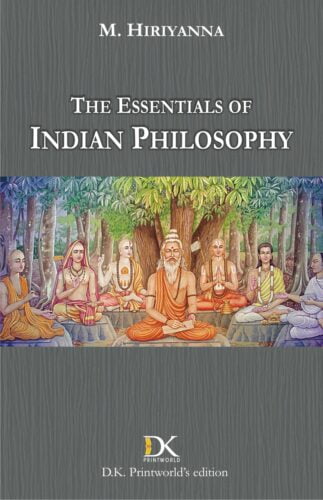
This volume deliberates on the “essentials” of Indian philosophy allowing one to peruse, analyse and absorb its crux. It has set its focus on the history of Indian philosophy starting from the course of Vedic religion, its transition to the prominent systems, its intake from the non-Vedic schools of thought, and the details and analysis of NyÀya-VaieÈika, SÀÚkhya-Yoga, PÂrva-MÁmÀÚsÀ, and VedÀnta from both an absolutistic and a theistic approach.
As the title indicates, this volume deliberates on the essentials of Indian philosophy allowing one to peruse, analyse and absorb its crux. It has set its focus on the history of Indian philosophy starting from the course of Vedic religion, its transition to the prominent systems, its intake from the non-Vedic schools of thought, and the details and analysis of NyÀya-VaieÈika, SÀÚkhya-Yoga, PÂrva-MÁmÀÚsÀ, and VedÀnta from both an absolutistic and a theistic approach. The book portrays the authentic chronological limits of these systems, disagreeing many a theory and study. Its in-depth but concise and connecting account of Indian philosophical systems has vivid interpretations and daunting criticisms. A historical survey accompanies each natural division of the subject along with its theory of knowledge, ontology and practical teaching. It makes one grasp the fundamentals of Indian philosophy at ease and navigate further to its nuances across a vide spectrum of readers.

This volume deliberates on the “essentials” of Indian philosophy allowing one to peruse, analyse and absorb its crux. It has set its focus on the history of Indian philosophy starting from the course of Vedic religion, its transition to the prominent systems, its intake from the non-Vedic schools of thought, and the details and analysis of NyÀya-VaieÈika, SÀÚkhya-Yoga, PÂrva-MÁmÀÚsÀ, and VedÀnta from both an absolutistic and a theistic approach.
As the title indicates, this volume deliberates on the essentials of Indian philosophy allowing one to peruse, analyse and absorb its crux. It has set its focus on the history of Indian philosophy starting from the course of Vedic religion, its transition to the prominent systems, its intake from the non-Vedic schools of thought, and the details and analysis of NyÀya-VaieÈika, SÀÚkhya-Yoga, PÂrva-MÁmÀÚsÀ, and VedÀnta from both an absolutistic and a theistic approach. The book portrays the authentic chronological limits of these systems, disagreeing many a theory and study. Its in-depth but concise and connecting account of Indian philosophical systems has vivid interpretations and daunting criticisms. A historical survey accompanies each natural division of the subject along with its theory of knowledge, ontology and practical teaching. It makes one grasp the fundamentals of Indian philosophy at ease and navigate further to its nuances across a vide spectrum of readers.

This volume combines the study of primary sources on Shakta Tantra with the investigation of living interpretations of these sources by contemporary Nepalese practitioners. It is twenty-year analysis on a specific Tantric tradition Shri Vidya a specific deity Tripurasundari a specific text Nityashodashikarnava and a specific set of initiates within a specific locale the Kathmandu Valley.
In this groundbreaking study on Sarvamnaya Shakta Tantra in Nepal, Jeffrey S. Lidke combines the study of primary sources with the investigation of living interpretations of these sources by contemporary Nepalese practitioners. Lidke focuses his twenty-year analysis on a specific Tantric tradition Shri Vidya a specific deity Tripurasundari a specific text Nityashodashikarnava and a specific set of initiates within a specific locale the Kathmandu Valley.
This emphasis on specificity enables the author to contextualize his study within the unique Nepalese historical and sociocultural context, and thereby to represent Sarvamnaya Shakta Tantra not as a static, universal ism present in a single form throughout the subcontinent, but as a dynamic place-specific tradition reflecting the nuanced ways that peoples and institutions shape their religious traditions according to the power negotiations that arise in Tantric worlds in which individuals imagine they can be like the gods they worship.
The central symbol that drives these negotiations in Nepal is the mandala, a pan-Tantric instrument of worship by which Tantric practitioners be they kings, commoners, artisans or warriors navigate, imagine and identify with the territories in which they live and strive to obtain their mundane and spiritual aims.
The mandalas ubiquitous presence is found not just overtly in city designs, temple architecture and a seemingly infinite array of artistic representations (including sculpture, painting, music and dance) but also covertly in the secret rituals and meditation practices of initiates at all levels of Nepalese society, ranging from lower caste girls to the former kings of Nepal.

The Gospel of Buddha sketches the picture of a religious leader of the remote past with a view of make it bear upon the living present and become a factor in the formation of the future. It essentially talks about all major developments in the life of the Buddha and helps all true Buddhists understand the real tenets of Buddhism to stand firm on ground.
The Gospel of Buddha characterizes the spirit of Buddhism correctly and concisely. It draws parallelisms in Western thoughts, especially those which reflect in the Christian Gospels. Buddhism like Christianity has a number of sects and this book, however, does not side with any sectarian tenets, but takes an ideal position upon which all true Buddhists may stand up as on firm ground. It helps people to comprehend Buddhism better in an easy way and it sets the reader thinking on the problems and challenges of religions today.
It sketches the picture of a religious leader of the remote past with a view of make it bear upon the living present and become a factor in the formation of the future. It essentially talks about all major developments in the life of the Buddha – his transformation from Prince SiddhÀrtha to the Buddha, to his founding of the Kingdom of Righteousness, to the consolidation of his religion, to his teachings, and to the parables and stories that he used, to his last days.
This book is expected to serve both the Buddhists and Christians to penetrate deep into the spirit of their faith so as to see its full length, breadth and length.

The Gospel of Buddha sketches the picture of a religious leader of the remote past with a view of make it bear upon the living present and become a factor in the formation of the future. It essentially talks about all major developments in the life of the Buddha and helps all true Buddhists understand the real tenets of Buddhism to stand firm on ground.
The Gospel of Buddha characterizes the spirit of Buddhism correctly and concisely. It draws parallelisms in Western thoughts, especially those which reflect in the Christian Gospels. Buddhism like Christianity has a number of sects and this book, however, does not side with any sectarian tenets, but takes an ideal position upon which all true Buddhists may stand up as on firm ground. It helps people to comprehend Buddhism better in an easy way and it sets the reader thinking on the problems and challenges of religions today.
It sketches the picture of a religious leader of the remote past with a view of make it bear upon the living present and become a factor in the formation of the future. It essentially talks about all major developments in the life of the Buddha – his transformation from Prince SiddhÀrtha to the Buddha, to his founding of the Kingdom of Righteousness, to the consolidation of his religion, to his teachings, and to the parables and stories that he used, to his last days.
This book is expected to serve both the Buddhists and Christians to penetrate deep into the spirit of their faith so as to see its full length, breadth and length.
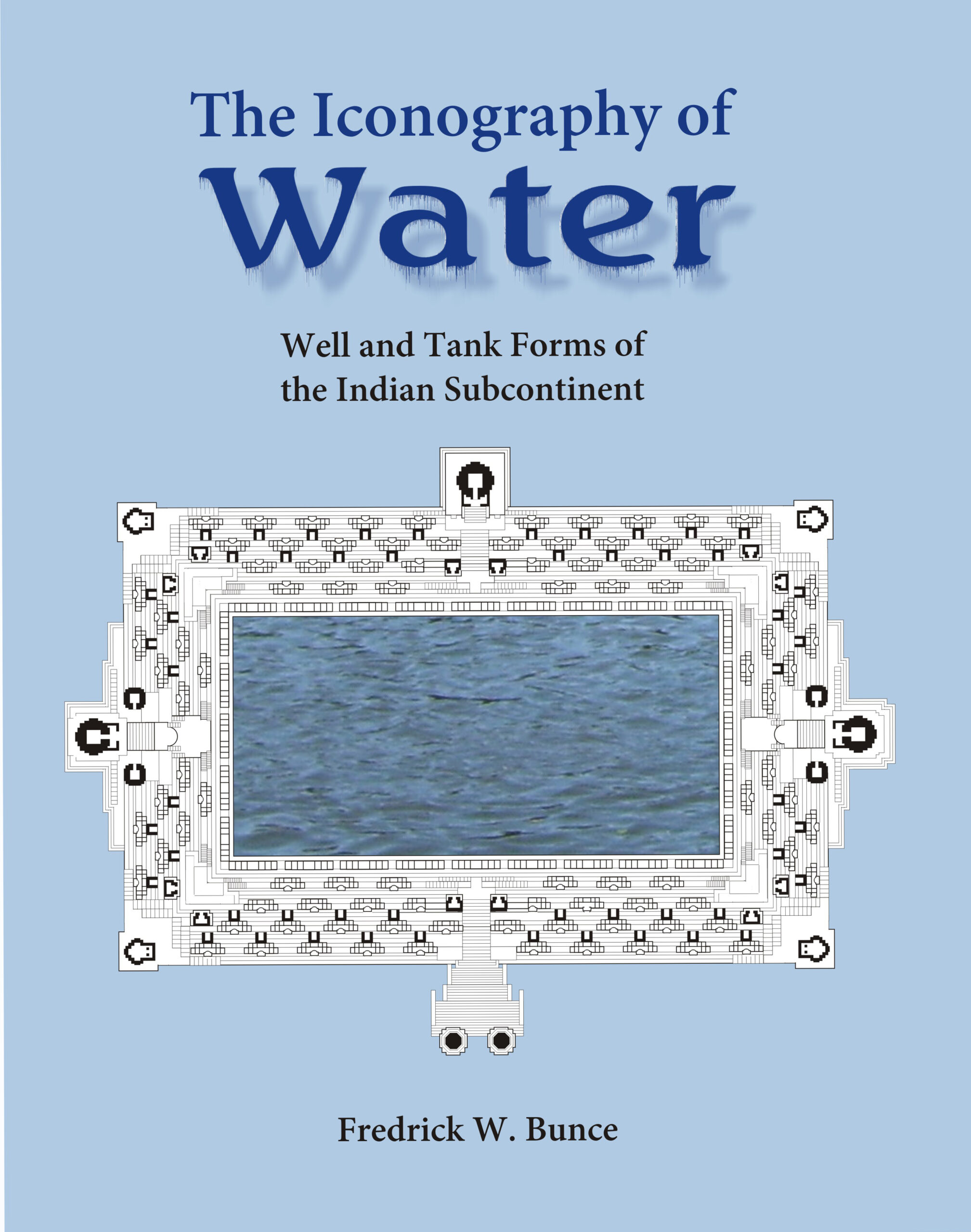
Baolis, bawadis, keres, kulams, kundas, talaos, tankas, wavs, zings were a neglected lot in the oeuvres of Indian architects and art. This volume, devoted to their study, is heavily loaded with the design of various structures and other vital information. Every detail is assiduously analysed, compared and rechecked to present the dimensions, proportions and relationships of each of these structures.
While numerous Indian monuments are well known in the annals of architectural research and excavation, a category of monuments baoli, bawadi, kere, kulam, kunda, talao, tanka, wav and zing was neglected in the oeuvres of architects and art. A few are familiar with the splendid beauty of the Surya Tank, Modhera; the vertiginous Canda Baoli, Abhaneri; the incomparable Rani-ki Wav, Patan; the magnificent Kalyani Tank, Hulikere; and the beautiful Rudabai-ni Wav, Adalaj. Thousands of such monuments are excellent in architectural beauty and design, apparently based on their primary utility drinking, bathing, religious purification and ornamental (recreation).
Water plays a quintessential role in the life of man. Its harvesting, preservation and careful use are of paramount importance, especially in those regions where rains are scanty. Thus took place the construction of these artificial water bodies. Many of them are within the precincts of temples and mosques, built in a time span of seventh to twentieth century ce.
This volume, devoted to the study of water monuments, is heavily loaded with the design of various structures and other vital information. Every detail in this book is assiduously analysed, compared and rechecked to present the dimensions, proportions and relationships of each of the various elements of the structures. Thus it unravels a number of keys by which others can unlock the mysteries and beauties of these neglected monuments.
It can be a precious collection for architects, historians, researchers and anyone who loves water bodies.
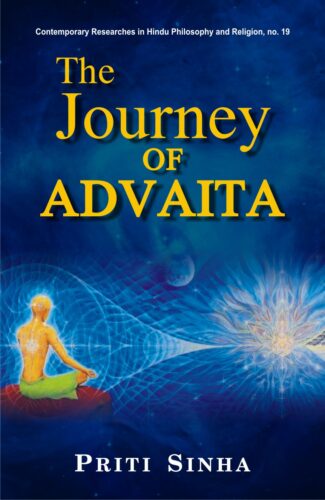
The Journey of Advaita elucidates the richness, depth and profundity of Advaitic thought right from the Vedas to the Integral Advaitism of Sri Aurobindo, and further how it is being incorporated in modern science. In its long journey, it found its blossom in Shankaras Kevaladvaita, and in its further growth, Bhakti-Vedanta played an important role through Ramanuja, Madhva, Nimbarka and Vallabha.
The Journey of Advaita elucidates the richness, depth and profundity of Advaitic thought right from Vedas to Integral Advaitism of Sri Aurobindo and further how it is being incorporated in modern science.
Advaita Philosophy is not a later development of thought as one of the six systems of Indian philosophy. Vedas are replete with suggestions about Unity. The earlier stage of naturalistic and anthropomorphic polytheism yielded to monistic belief. In the dictum, ekam sad vipra bahudha vadanti we perceive an echo of Unity. Upanishadic seers picked up this Unity and tirelessly went in their search till they came to the highest conclusion, tat tvam asi.
This concept of Unity gets its full bloom in Shankaras Kevaladvaita; later on it gave inspiration to different rivulets of Vedanta schools. Shankaras unqualified impersonal Brahman could not satisfy those who sought loving communion with God. Consequently different schools of Bhakti-Vedanta came into existence, namely, Vishishtadvaita of Ramanuja, Dvaita of Madhva, Dvaitadvaita of Nimbarka and Shuddhadvaita of Vallabha. For all of them the emphasis is on the liberation of individual soul only, which gave way to Sri Aurobindos Integral Advaitism where the emphasis is not only on spiritualization of man but of the whole cosmos.
The journey continues further with modern physics. Consciousness is the building block of the Universe and the ground of all beings, which cant be found in plural.
| There are no products |